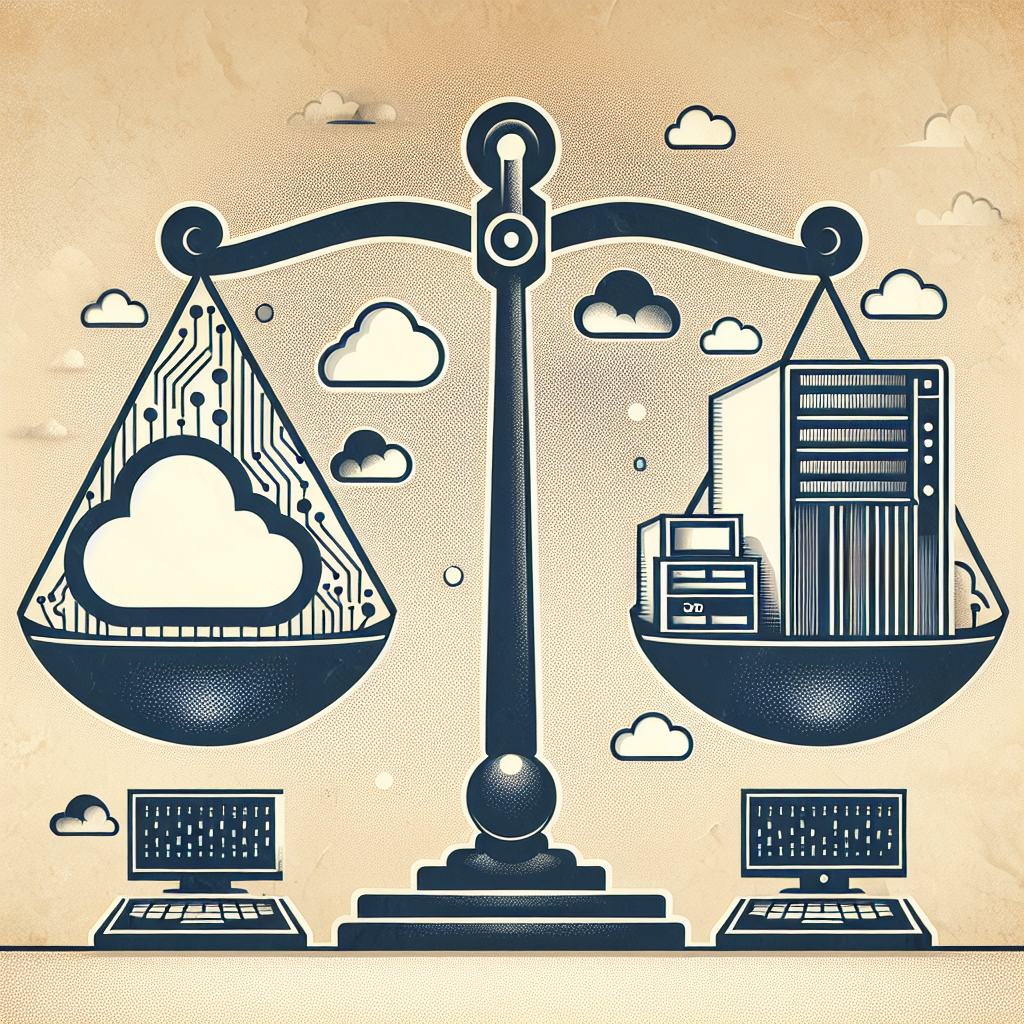Your cart is currently empty!
Cloud Computing vs. Traditional IT: A Comparison of Costs and Performance

Cloud computing and traditional IT infrastructure are two different approaches to managing and delivering IT services. While both have their own advantages and disadvantages, one of the key factors that businesses consider when deciding between the two is the cost and performance implications.
Cost Comparison:
One of the main advantages of cloud computing is its pay-as-you-go pricing model. This means that businesses only pay for the resources they use, which can result in cost savings compared to traditional IT infrastructure where businesses have to invest in hardware and software upfront.
In traditional IT, businesses have to invest in physical servers, storage, and networking equipment. These upfront costs can be significant, especially for small and medium-sized businesses. Additionally, there are ongoing costs associated with maintenance, upgrades, and security.
On the other hand, cloud computing allows businesses to scale their resources up or down based on demand, which can result in cost savings. Businesses can also avoid the costs associated with maintaining and upgrading hardware, as these responsibilities are handled by the cloud service provider.
Performance Comparison:
When it comes to performance, traditional IT infrastructure can offer better control and customization. Businesses can tailor their hardware and software configurations to meet their specific needs, which can result in better performance for certain workloads.
However, cloud computing can also offer high levels of performance, especially for businesses that require scalable resources. Cloud service providers have data centers located around the world, which can help businesses deliver services to customers quickly and efficiently.
One of the key considerations when comparing the performance of cloud computing and traditional IT is latency. In some cases, traditional IT infrastructure may offer lower latency compared to cloud computing, especially for businesses that require real-time processing.
Ultimately, the decision between cloud computing and traditional IT comes down to the specific needs and goals of the business. While cloud computing may offer cost savings and scalability, traditional IT infrastructure may provide better performance and control. Businesses should carefully evaluate their requirements and consider the costs and performance implications of each option before making a decision.

Leave a Reply